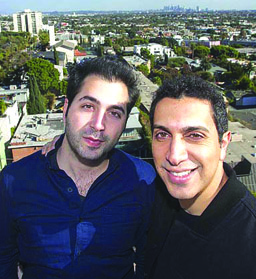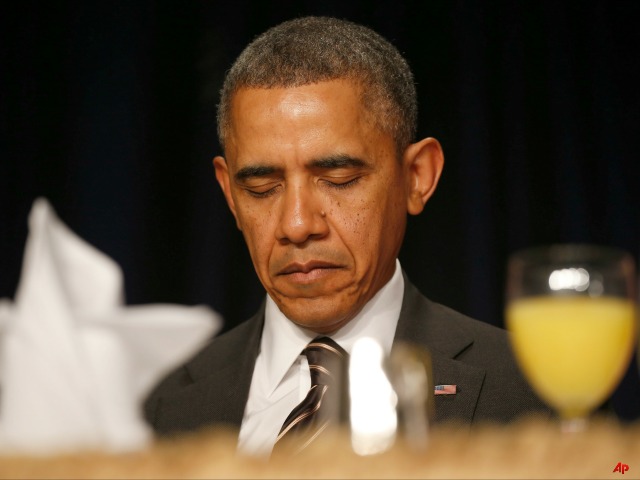February 14-2014

Have you heard of Tinder, the dating app that’s booming? Most singles between the ages of 18 and 45 have at least glanced at the matchmaking app that uses Facebook profiles to suggest potential mates.
Tinder has become a dating phenomenon in just 17 months. Its founders, Iranian-American 27-year-olds Sean Rad and Justin Mateen, first met in a private high school in Los Angeles but their business linkup began at University of Southern California in 2004. They were both working on their own side businesses, but decided to join forces.
Tinder focuses on the power of first impressions. The design is simple: user profiles display pictures, a first name, age, distance away, mutual friends and mutual interests. Users can dismiss a potential match with the swipe of their finger to the left, or approve with a swipe to the right.
The main draw is probably the absence of rejection-phobia. Each judgment is anonymous—unless and until a mutual match is made, announced by a small fanfare and an invitation to start a private message exchange.
“We make sure you want to be pursued, and as the pursuer you know the person wants to be pursued,” Mateen told USA Today. “It starts at a much deeper level.”
This browsing, free of questionnaires and membership fees, seems to be catching on. Since its launch in September 2012, Mateen says Tinder has seen 100 million matches and 7.5 billion profile ratings from its constantly growing base of users.
“There are a lot of social networks out there that do a wonderful job of helping you cultivate your existing network of friends,” Mateen said. “Tinder is solving that innate desire to meet new people.”
But Mateen and Rad aren’t going to bed at night with dreams of another eBay and the billions that its founder, fellow Iranian-American Pierre Omidyar, is worth. Tinder didn’t start in a garage like Microsoft or a Harvard dorm like Facebook. It is corporate-owned, so Mateen and Rad may do quite well, but they aren’t going to make Forbes’ magazine list of money magnates based on Tinder.
College students might be the perfect target base of Tinder users. “At first, around 75 to 80 percent of our users were 18 to 24, now 67 percent are 18 to 24 and we are seeing more in the 25 to 34 range joining,” Mateen said.
The fear of many users of such dating services is “catfish”—or fake profiles.
“We do everything we can to protect our users from that,” Mateen said. “We depend on Facebook’s ability to detect authentic data; it keeps the content clean and honest and because it pulls photos directly from their profiles, users don’t really have the opportunity to misrepresent themselves.”
But success hinges on a snap judgment of one profile photo. There is no room for detailed bios or personal history. As one commentator said, “Our parents told us not to judge a book by its cover, but, in the world of Tinder, this is exactly what we end up doing.”
Mateen told The Huffington Post that Tinder is not, as many critics assert, a means for hooking up for casual sex.
“We just did a poll recently, and a tiny percentage of our users think that’s what Tinder is for. Fundamentally women aren’t wired that way, right? So even if we had tried to create it for that, it wouldn’t have worked,” Mateen said.
He says Tinder has attracted people who are repelled by the usual dating services, with their questionnaires and formulas and judgments. He said a poll done by Tinder found that 96 percent of its users have never used a dating service before.
Mateen said Tinder is different. “I’m sure when you’re signing up for a dating site, people probably feel like, ‘Why am I doing this? I’m a cute girl, why do I have to resort to this?’ People don’t feel good about it.”
He said, “People are using Tinder standing in line at a coffee shop or in their cars on the way to work at a red light. There’s an ease to it. That’s why people are addicted. On average, our users are logging in 11 times per day, with an average session time of seven minutes.”
Mateen said he and Rad hope to see Tinder evolve to making connections beyond romance. “For example, eventually you could be married and on a trip with your husband and find a tennis partner on Tinder. Or it could be used in the context of a business relationship.”
But, for now, it’s romance. “I think it took us six months to even get to 400 million profile ratings total—and now we’re at that number per day. In the UK, we’ve had over a million new users sign up for Tinder in the last 60 days. Same with Brazil. Tinder usage internationally is getting even crazier than in the US,” Mateen said.
The big criticism of Tinder is that it is superficiality-cubed. All you’re doing is looking at a photo. But Mateen says that is not a criticism; it’s just reality. “It’s like walking into a coffee shop. When you first walk in, the first thing you notice about someone is his or her physical appearance. I’m either drawn to you or I’m not. And if we engage in conversation, we notice our commonalities—like mutual friends and mutual interests, which helps establish trust between two people. Tinder is just like that. It’s not superficial unless you want to call humans in general superficial.”




















